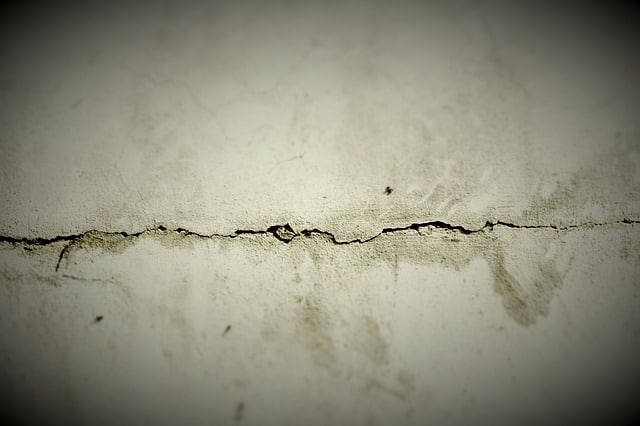The best contractor we know guarantees his concrete work to be free of cracks “for as long as it takes me to get in my truck and drive away.” He’s being a bit flip, but he’s also acknowledging a fact of life: all concrete cracks. It’s a rigid material in a flexible world. Earth movement, temperature changes and freeze-thaw cycles all have their way with concrete.
Properly designed, concrete slabs handle this inevitable cracking without structural degradation. Concrete sidewalks and large slabs have control joints tooled into their surfaces to provide points where cracks can occur cosmetically. But driveways, basement floors, and garage and carport slabs tend to accumulate cracks over time. At best, they’re unsightly. At worst, they can threaten your safety. If your cracks seem to come from foundation settling, poor drainage or the like, contact a structural or soils engineer. Patching such cracks will not fix them. But repairing typical superficial cracks is well within your reach as a homeowner. In most cases, it’s an easy job that’s over and done in an hour or less.
Small Cracks
For cracks up to 1/2 inch across, use a caulking gun loaded with concrete patching caulk. Silicone- or acrylic-based products, often called mortar or concrete sealants, are your best choice here. They’re easy to use, present a neat finished appearance and tolerate some movement without failing.
Medium-sized Cracks
Fill cracks more than 1/2 inch but less than 2 inches wide with concrete patching compound the kind you buy dry and mix with water before use. To prepare the area, scrub it well with a wire brush, then use a shop vacuum to remove chips and dirt. Concrete is porous and if it’s exceptionally dry, it will absorb water from the patching compound, weakening the finished patch. To counter this, dampen the cleaned concrete edges with water from a spray bottle. Then, mix some of the patching compound to the consistency of gravy. Use a chip brush to apply the mixture liberally to the inside of the crack, coating all surfaces. Note that the cleaned concrete must still be wet when you begin filling the crack with patching compound. If it isn’t, the patch may not hold.
Next, mix enough compound to fill the cracked area. With a mason’s trowel, fill the cavity one-third to one-half full, then slice through the compound repeatedly with the trowel, packing it in and releasing any trapped air. Fill the crack the rest of the way and repeat the slicing-and-packing procedure. Strike off excess compound, but leave it bulging a little above the surface of the old concrete. (Don’t try to “feather out” the patch over the floor on either side. Such overlaps will almost surely crack off over time.) Let the mix cure for 30 to 45 minutes, when it should be stiff to the touch, with no water showing at the surface. Use a trowel or wood float to finish the surface flush with the surrounding area, pressing down firmly. Mist everything with water, and let the patch cure for two days before subjecting it to traffic.
Reinforcing Larger Cracks
If the patch will be more than 2 or 3 inches across, add steel reinforcement every foot or so. First, drill into the edges of the damaged concrete using a power drill and masonry bit to bore holes 1/2 inch in diameter by 2 inches deep. Secure 1/4-by-4-inch bolts in the holes with anchoring cement. The exposed bolt shanks and heads will help secure the patch. In half an hour after the anchor cement has set somewhat apply concrete patching compound, slightly overfilling the area. After 30 to 45 minutes, finish the surface with a trowel or float. Mist the fresh concrete with water and keep it covered with plastic for about a week. This extends the curing time and strengthens the patch.
Tip From the Pros
For maximum strength, use latex additive instead of water to mix the patching compound. It adds strength and elasticity, and it ensures a good bond to the adjoining concrete.
TOOLS AND MATERIALS
Caulking gun (tons of those at Amazon)
Concrete patching caulk
Wire brush
Concrete patching compound
Shop vacuum
Anchoring cement
Chip brush
1/4-by-4-inch bolts
Mason’s trowel (check on Amazon)
Latex additive
Drill
Masonry bit
Wood float
